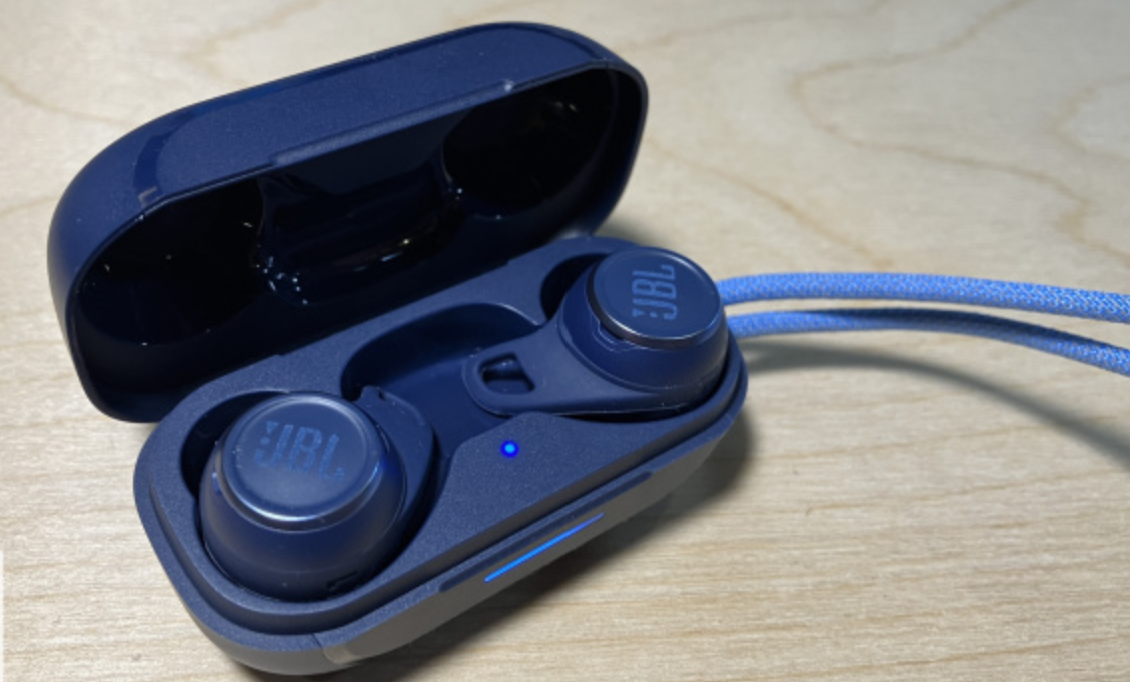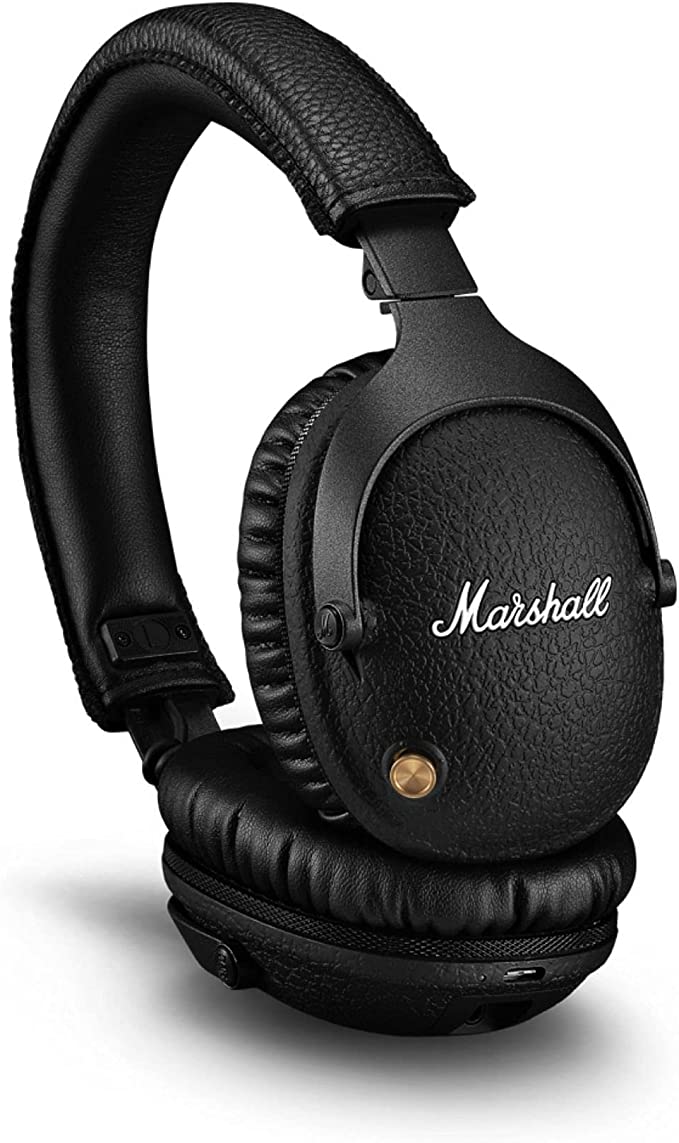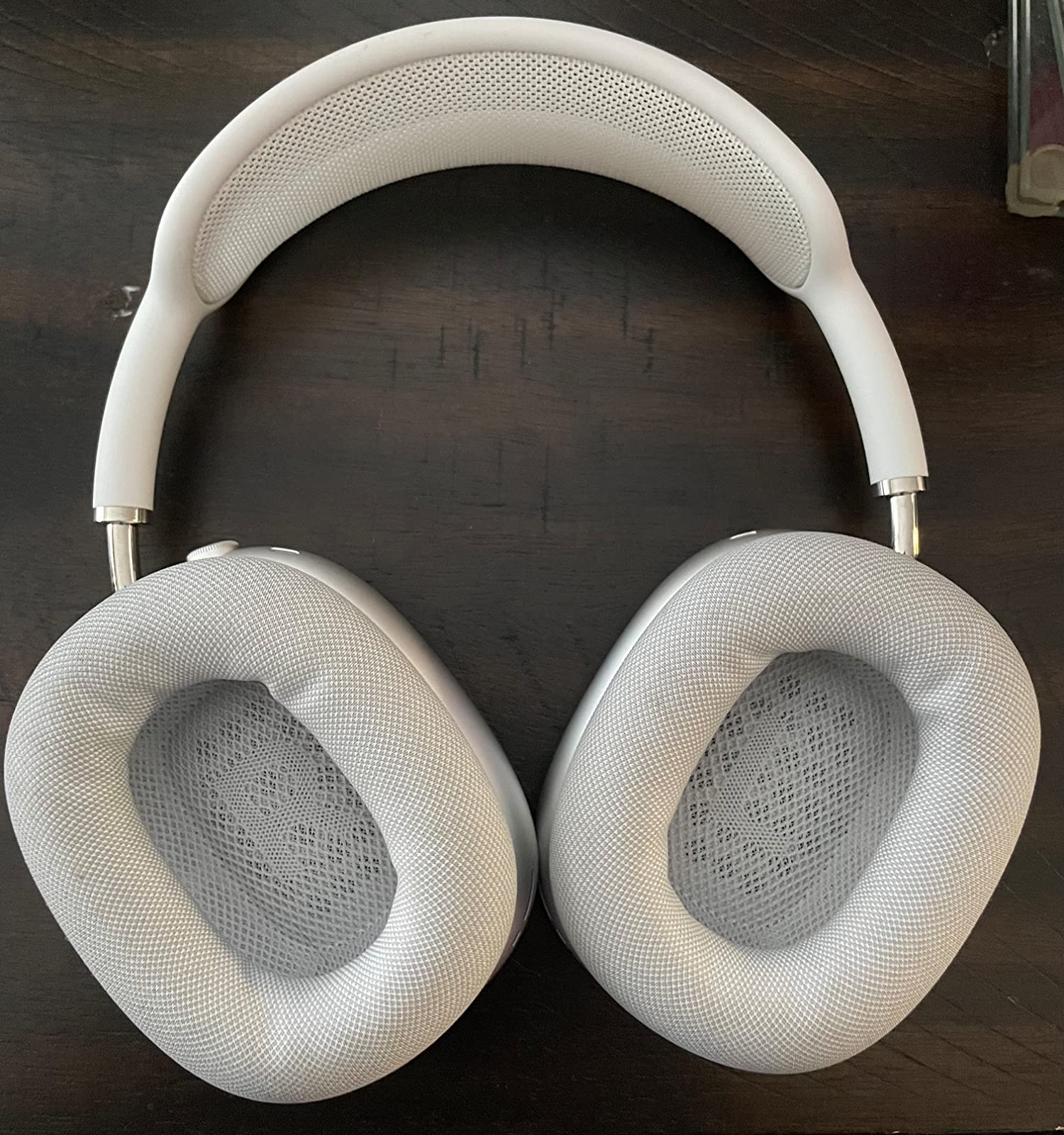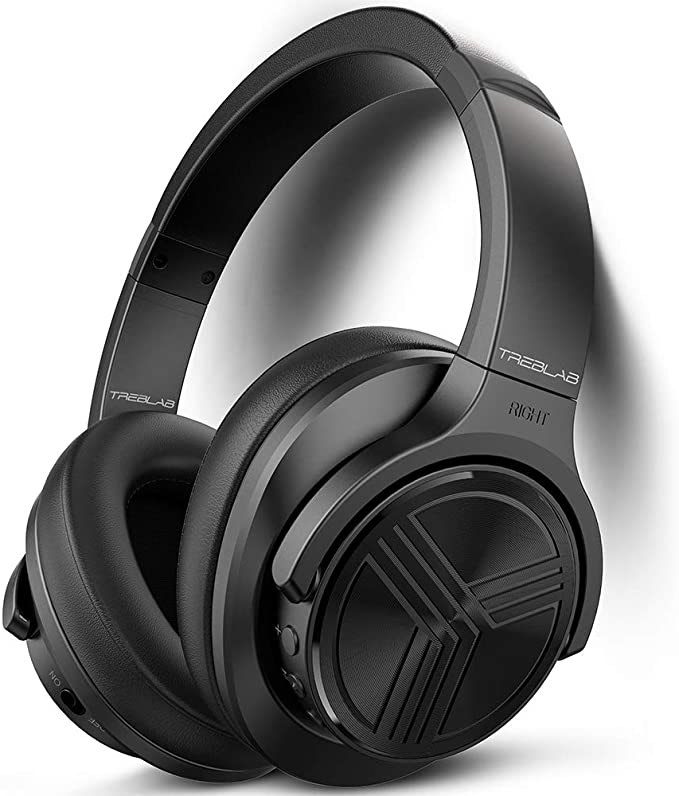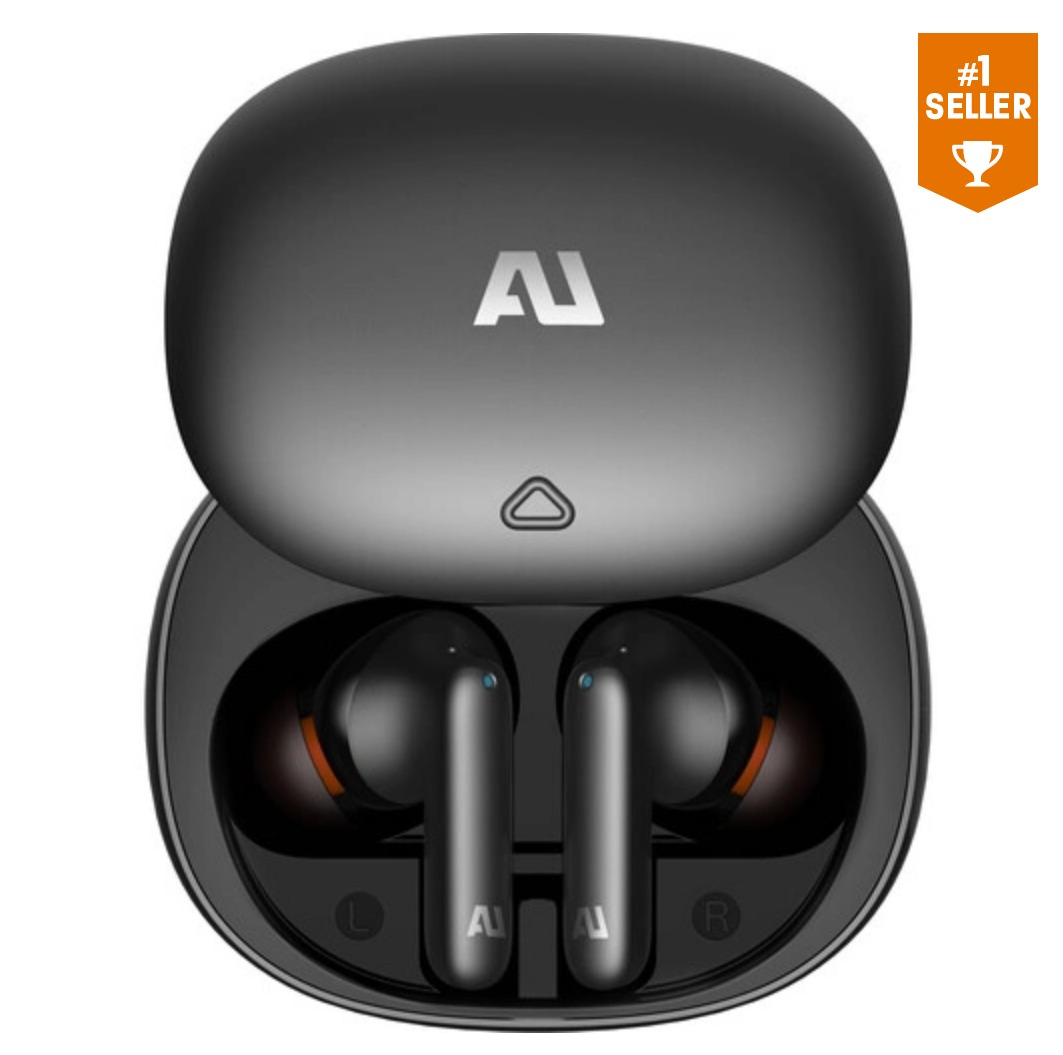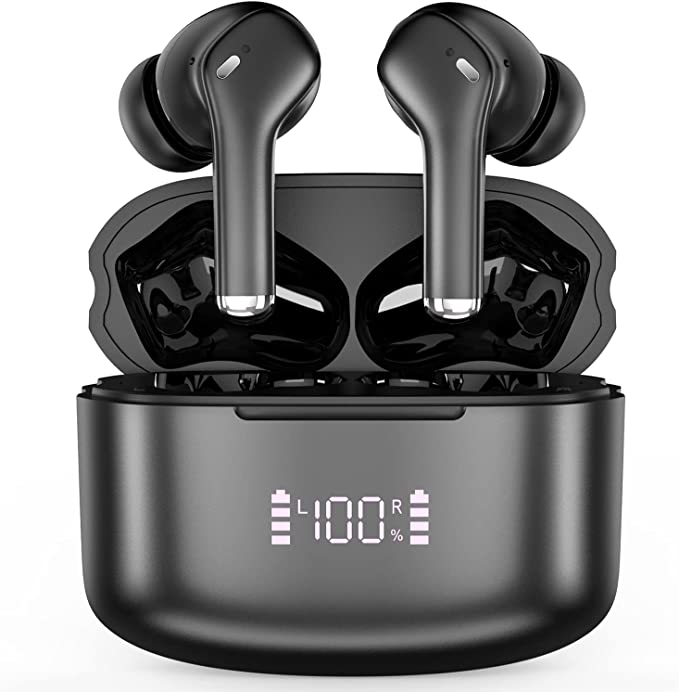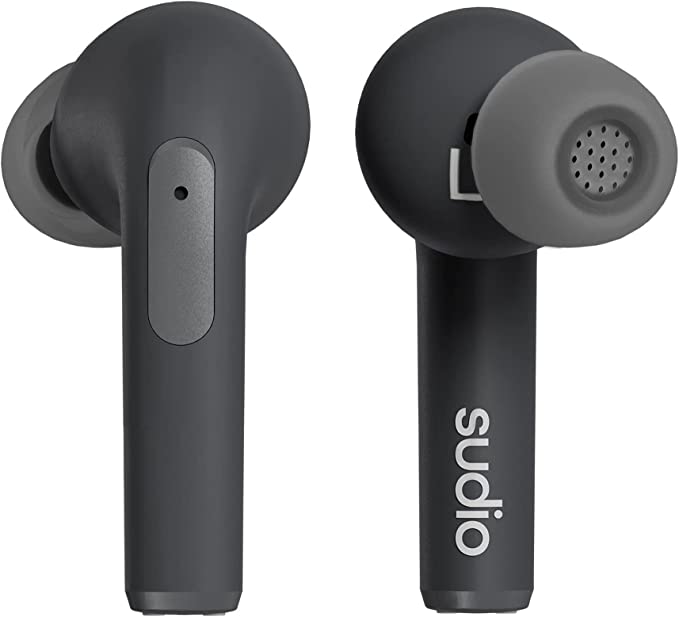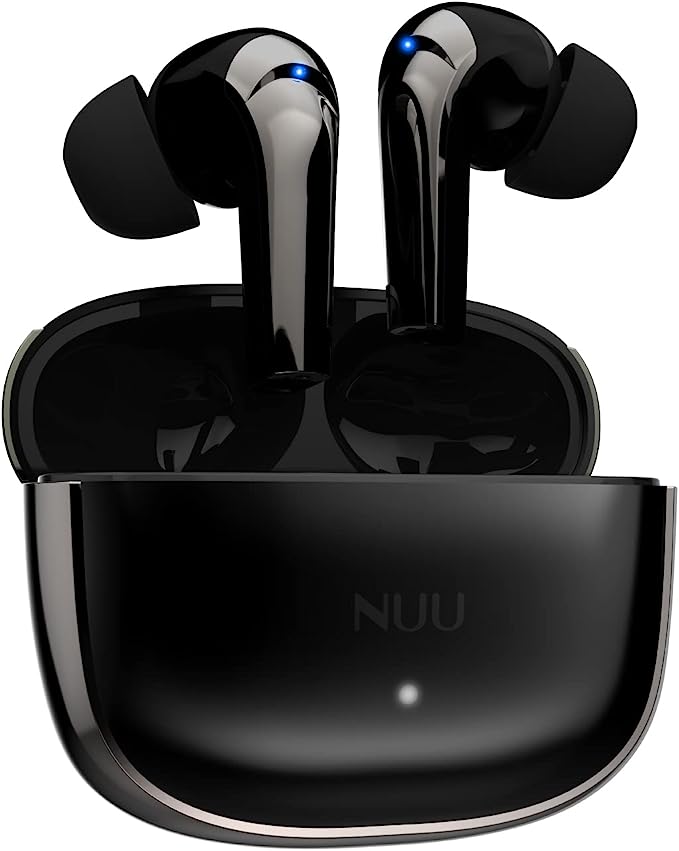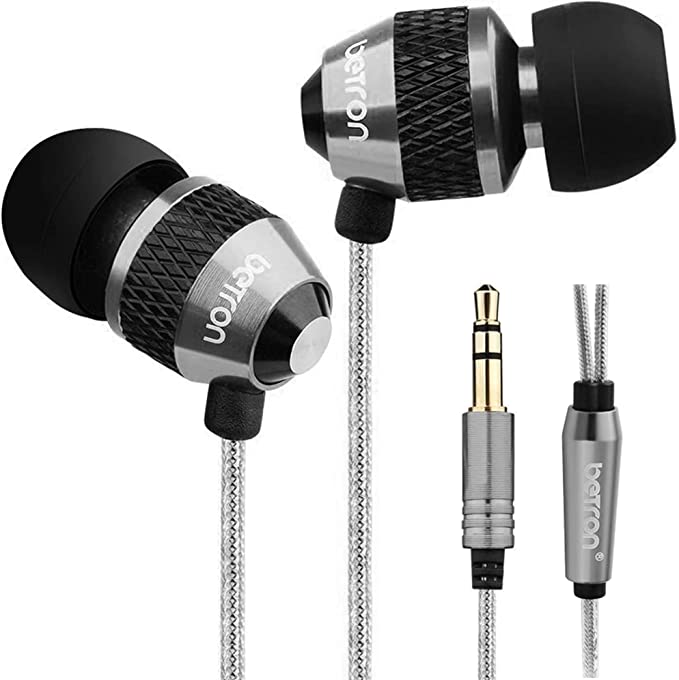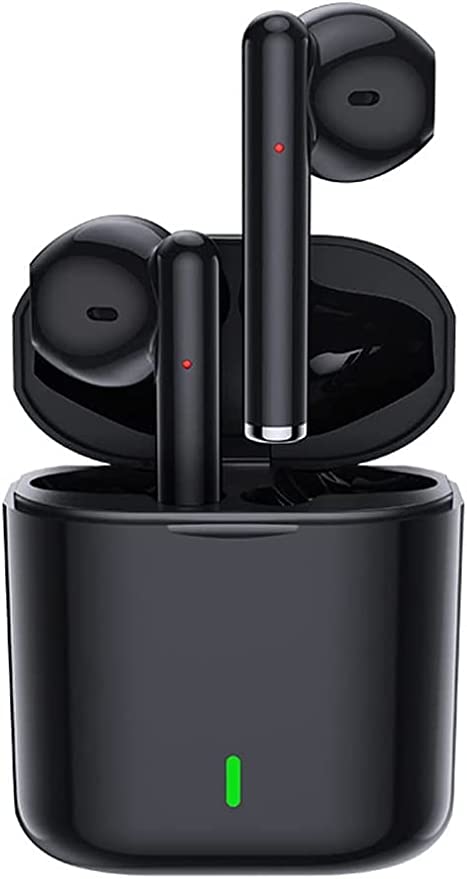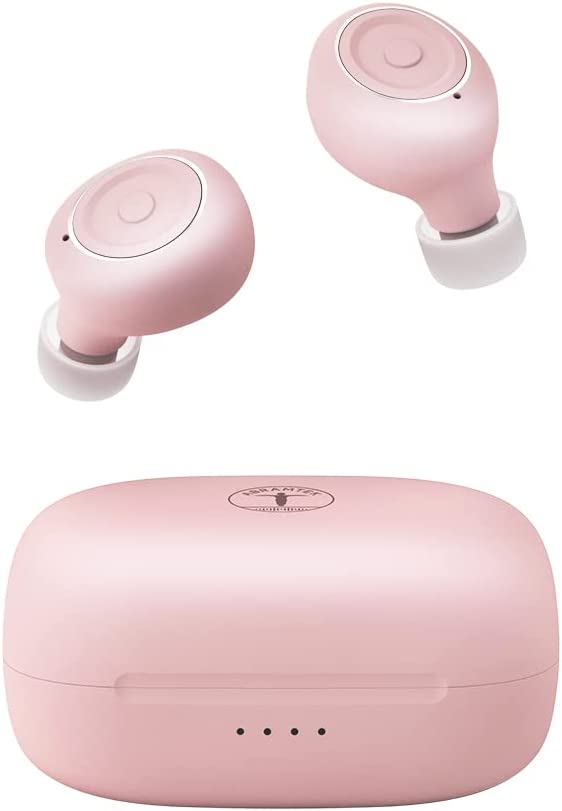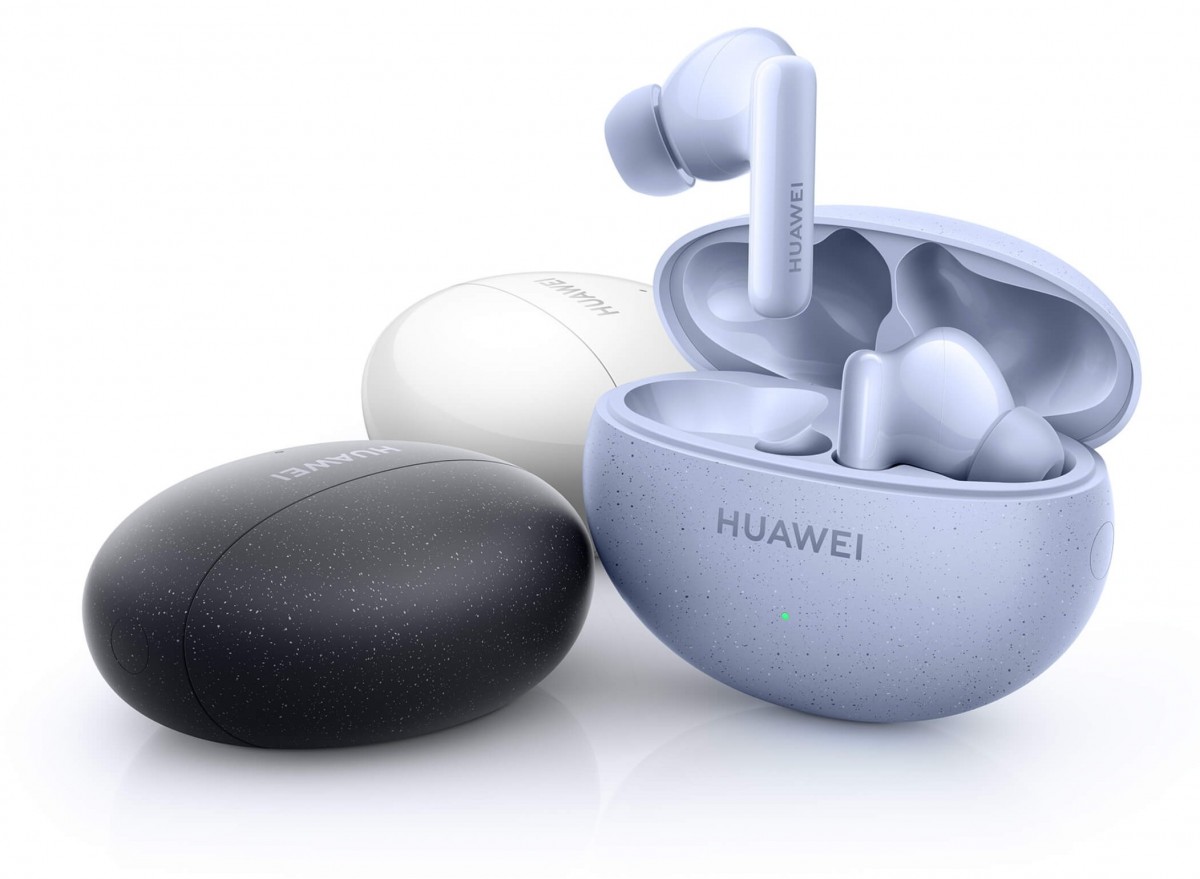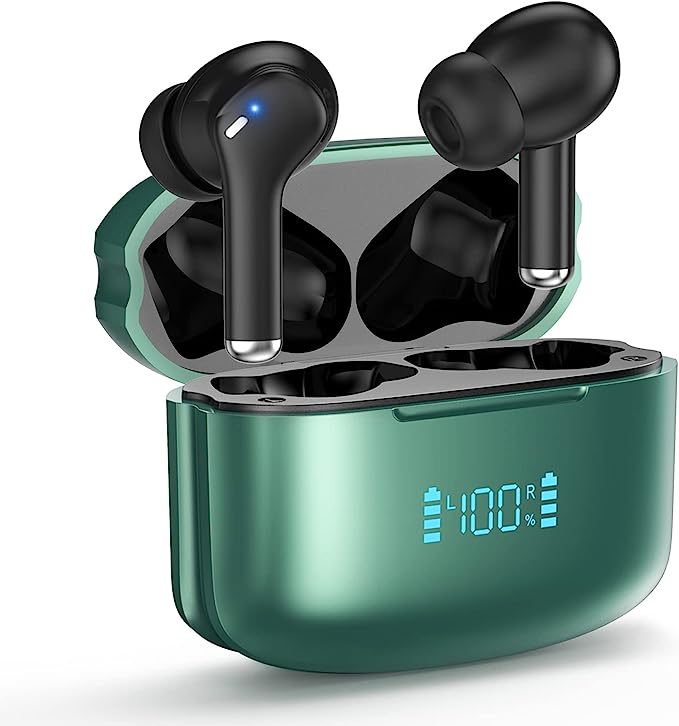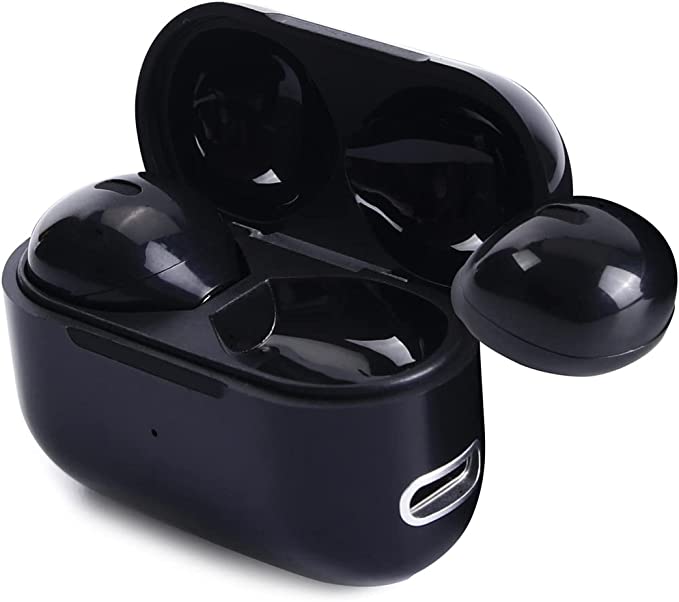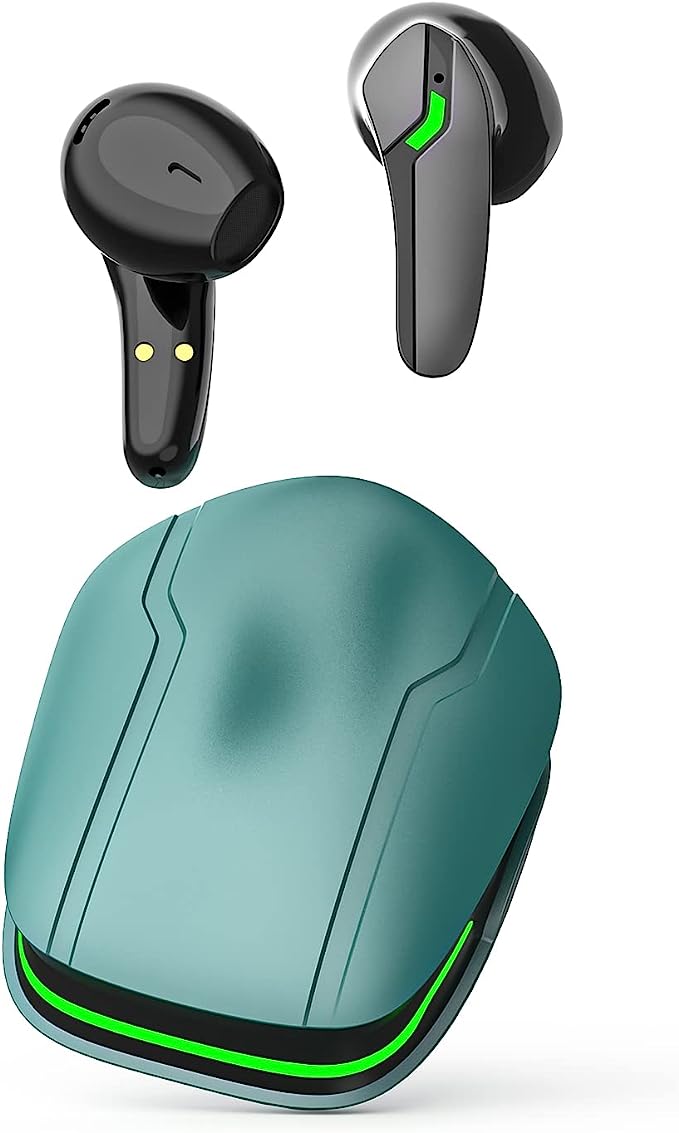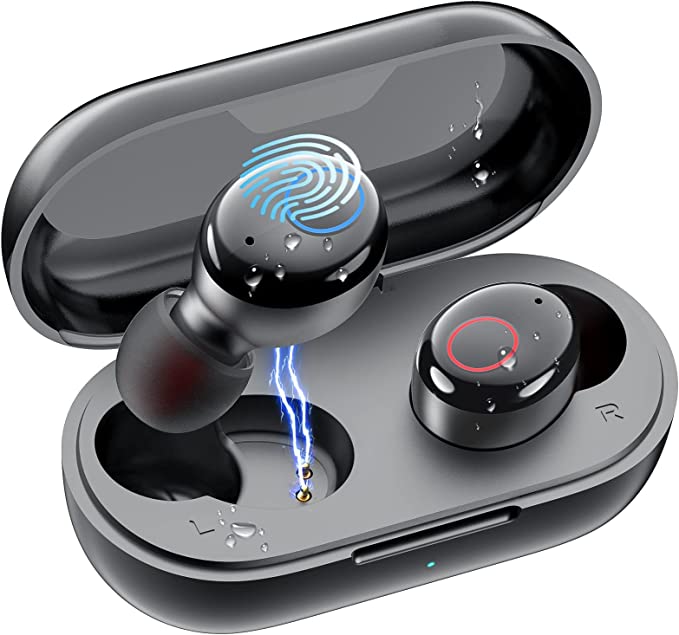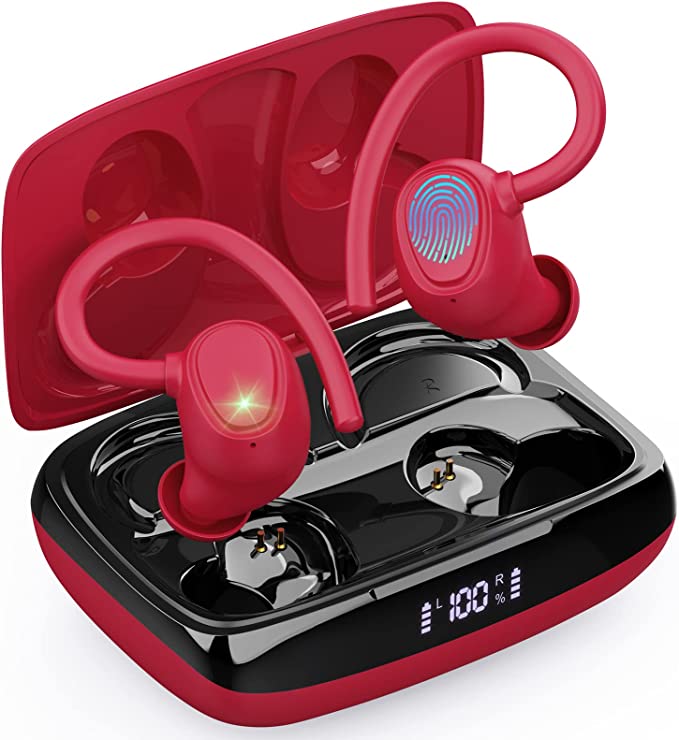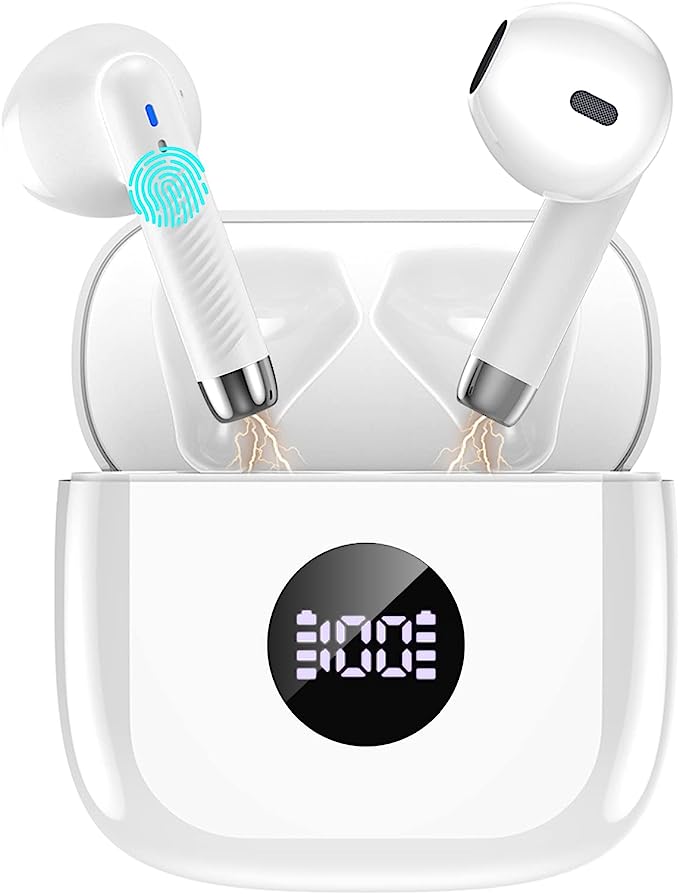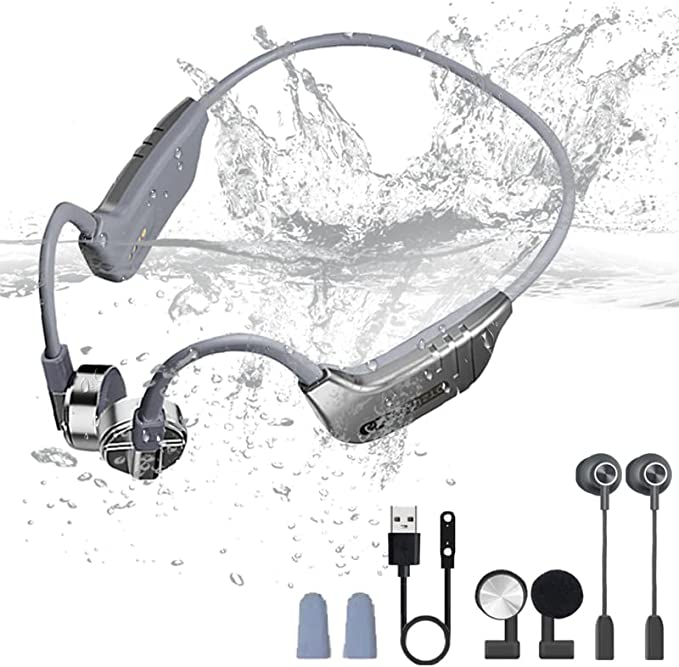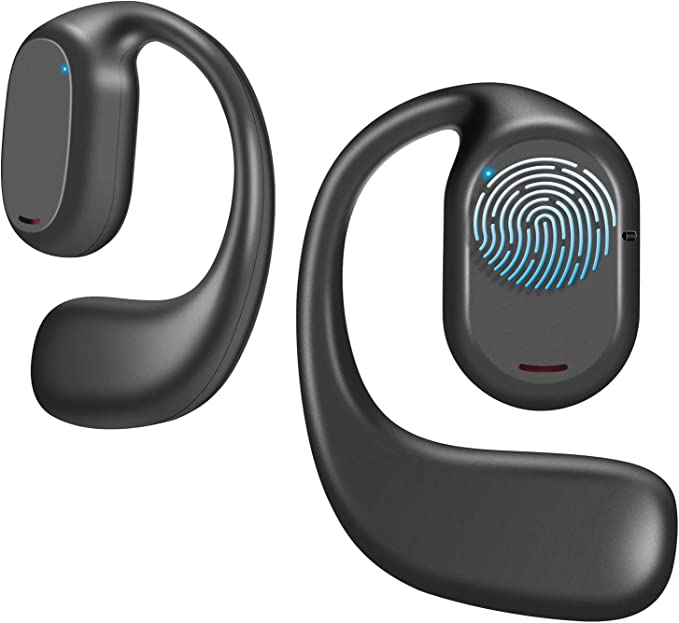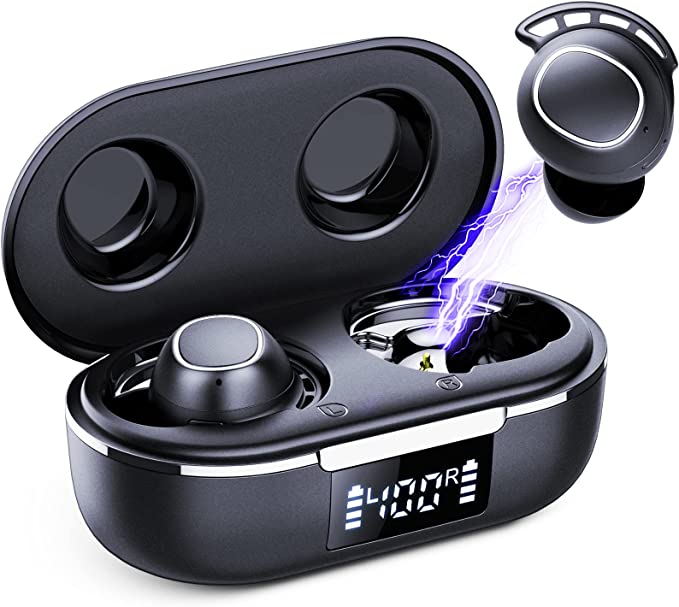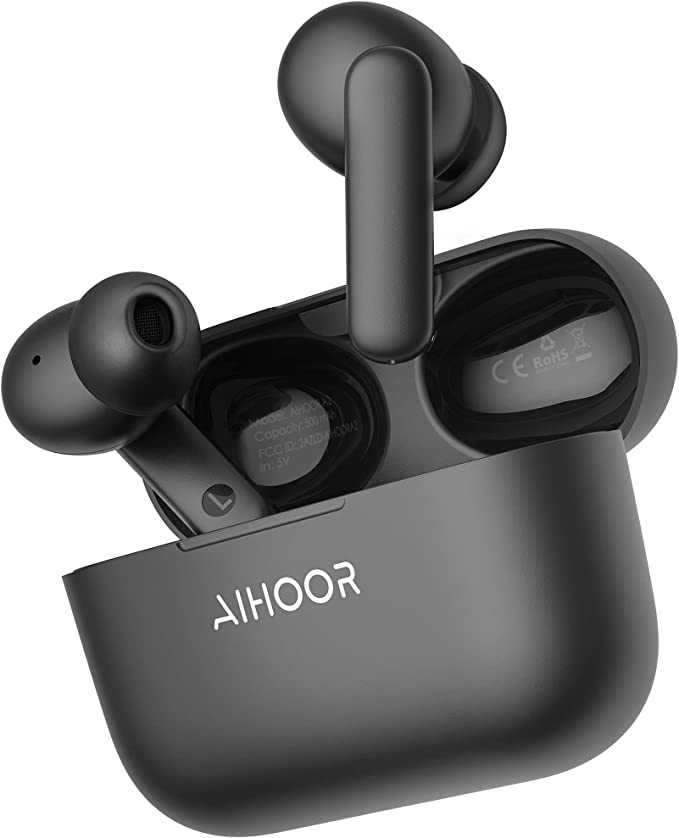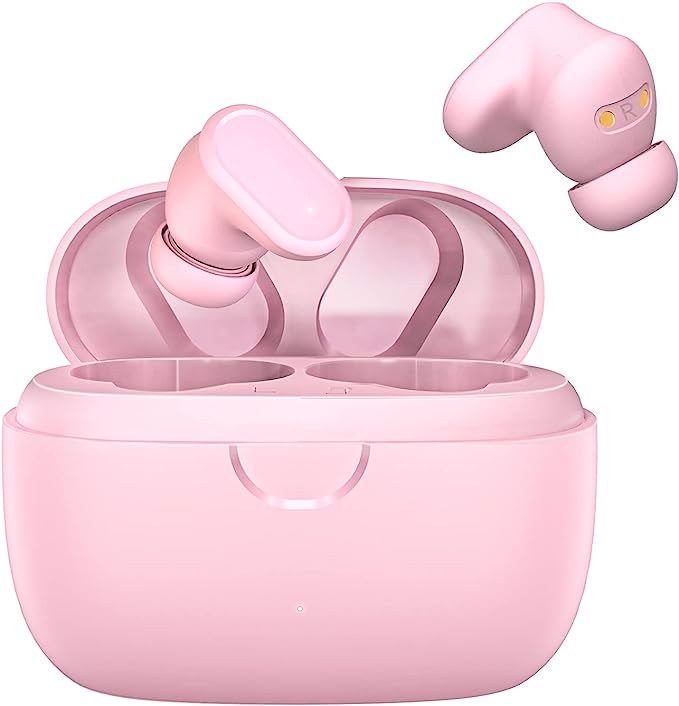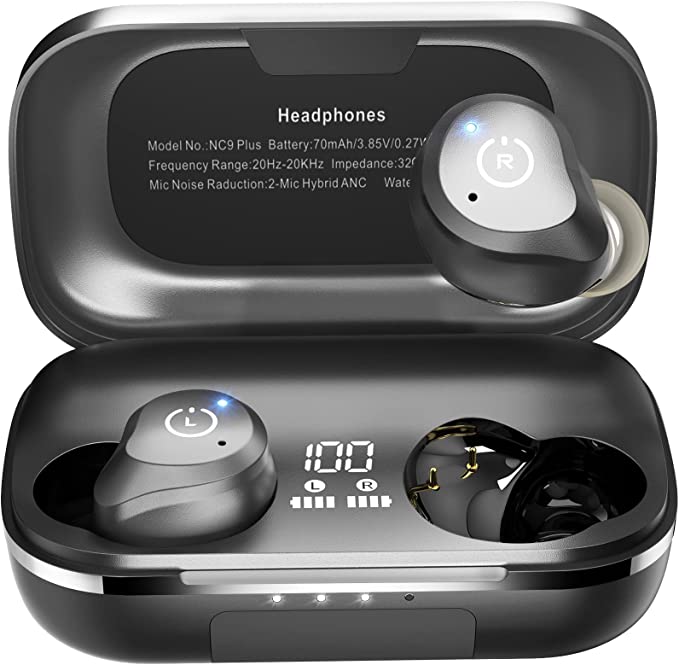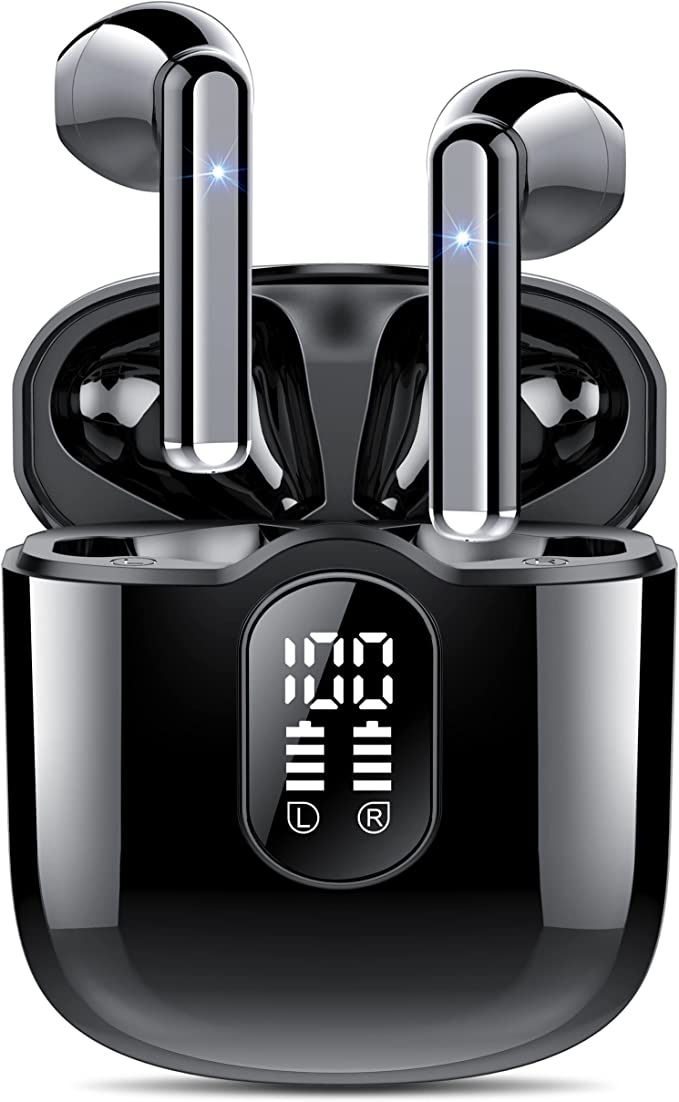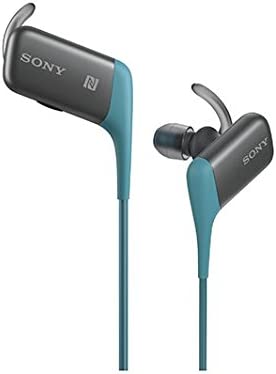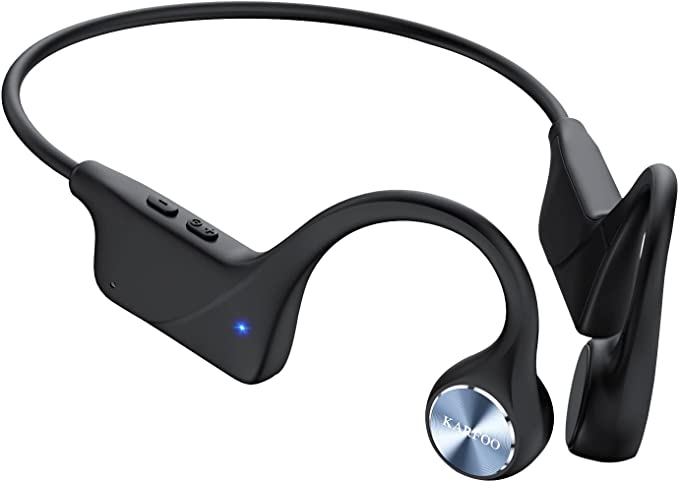JBL Tour Pro 2: Hear the Future with Smart Earbuds
Update on Aug. 3, 2025, 5:41 p.m.
It began in 1979 with a click, a whir, and the satisfying clunk of a cassette door. The Sony Walkman didn’t just put music in our pockets; it created the very first personal audio bubble. For the first time, we could walk through the city streets enveloped in our own private soundtrack, insulated from the world by a thin layer of foam earpads. This was a revolution not just in technology, but in personal space. We went from being passive listeners in a public soundscape to active curators of a private one.
Fast forward four decades. The tangled wires are gone, the foam has been replaced by form-fitting silicone, and the goal has evolved dramatically. We no longer seek merely to overlay our sound onto the world; we now demand the power to erase the world’s sound altogether. This quest for auditory control has culminated in marvels of miniature engineering like the JBL Tour Pro 2. These devices are not just headphones; they are sophisticated tools for editing our sensory reality, leveraging principles of physics and computer science that were once the domain of acoustics laboratories and military research.

The Art of Erasing Sound
At the core of this newfound power is Active Noise Cancellation (ANC), a technology that achieves the seemingly magical feat of creating silence. Its operation rests on a fundamental principle of wave physics known as destructive interference. Imagine sound not as noise, but as a wave traveling through the air with distinct peaks and troughs. The roar of a jet engine, the hum of an air conditioner—these are persistent, low-frequency waves.
The JBL Tour Pro 2 uses four dedicated microphones as sentinels, constantly listening to this ambient noise. A processor inside the earbuds analyzes the incoming soundwave in real-time and, with astonishing speed, generates a precise “anti-noise” wave. This new wave is a perfect mirror image of the original: where the engine’s drone has a peak, the anti-noise wave has a trough. When these two waves meet in the space of your ear canal, they nullify each other in an act of acoustic Tai Chi. The peak fills the trough, and the result is a dramatic reduction in what you perceive. It’s not blocking the sound; it’s actively erasing it.
The “Adaptive” nature of the system means it intelligently adjusts the intensity of this cancellation as your surroundings change, from a quiet library to a rumbling subway car. Yet, this digital wizardry is built upon a crucial physical foundation: passive noise isolation. The snug fit of the silicone ear tips creates the first line of defense, a physical barrier that dampens noise before the electronics even begin their work. This is why ergonomic design is paramount; without a proper seal, the effectiveness of even the most advanced ANC is compromised, as high-frequency sounds—short, sharp noises like a sudden shout or clatter—are too quick and unpredictable for the system to counteract effectively.

The Science of a Flawless Conversation
If ANC is about erasing the outside world, enabling a clear phone call in that same world presents the opposite challenge: how to isolate a single voice from a sea of chaos. This is the “cocktail party problem” that has vexed audio engineers for decades. The solution lies in another sophisticated technique: microphone beamforming.
The JBL Tour Pro 2 employs a six-microphone array not just to listen, but to locate. When you speak, the sound of your voice arrives at each of these six points at infinitesimally different times. The device’s algorithm processes these minuscule delays to triangulate the exact origin of the sound: your mouth. It then creates a focused beam of sensitivity—an acoustic spotlight—directly on you, while algorithmically dimming the sounds from all other directions. The blare of a passing truck, the chatter at the next table—they are relegated to the background, while your voice is captured with surgical precision. This technology, with roots in radar and sonar systems, is what allows your words to cut through the noise.
To complete the illusion of a quiet-room conversation, the system uses a psychoacoustic trick called VoiceAware, or “sidetone.” It subtly feeds a small amount of your own voice back into the earbuds. Without this, the powerful isolation would make you feel like you’re shouting into a void, causing you to unconsciously raise your voice. By letting you hear yourself naturally, it maintains the delicate feedback loop essential for a normal speaking volume.

The Case for a Smarter Case
For decades, control of our audio has been tethered to the source device. The Tour Pro 2’s smart charging case challenges this paradigm. From a Human-Computer Interaction (HCI) perspective, its integrated touchscreen represents a deliberate design choice aimed at promoting digital wellbeing. By offloading core functions—volume control, track changes, ANC mode switching—from the smartphone, it reduces our cognitive load and the number of times we are forced to pull out and unlock our primary screen, a device increasingly designed to capture and hold our attention.
While some may view it as an added complexity, it can also be seen as a step towards more mindful tech interaction, placing essential controls into a dedicated, low-friction interface. It’s a tangible exploration of how wearable technology can grant us more autonomy, not just from wires, but from the very devices they were once connected to.

The Unseen Heart of Audio
Ultimately, all this technology serves one master: sound quality. The foundation of the Tour Pro 2’s audio reproduction lies in its 10mm dynamic drivers. In the physical world, creating powerful, deep bass requires moving a significant amount of air, and a larger driver diaphragm is simply better equipped for this task.
But hardware is only half the story. The “JBL Pro Sound” branding points to the often-underappreciated art of acoustic tuning. This is where engineers spend countless hours shaping the sound profile, ensuring that the powerful bass doesn’t muddy the clarity of the midrange or the sparkle of the treble. It’s a delicate balance of science and artistry that often matters more than raw specifications like Bluetooth codecs. While formats like LDAC promise higher data rates, a well-engineered system running on the universally stable AAC codec can deliver a more coherent and pleasing listening experience than a poorly tuned one using more advanced tech.
From the first Walkman that gave us a personal soundtrack to the modern true wireless earbud that gives us the power to craft silence itself, our journey with personal audio has been one of empowerment. The JBL Tour Pro 2 stands as a testament to this evolution—a compact amalgamation of physics, signal processing, and thoughtful design. It proves that the most profound technologies are not always the largest or loudest, but those that give us finer control over our own experience, allowing us to find clarity in the noise, and sometimes, the simple, beautiful sound of nothing at all.

